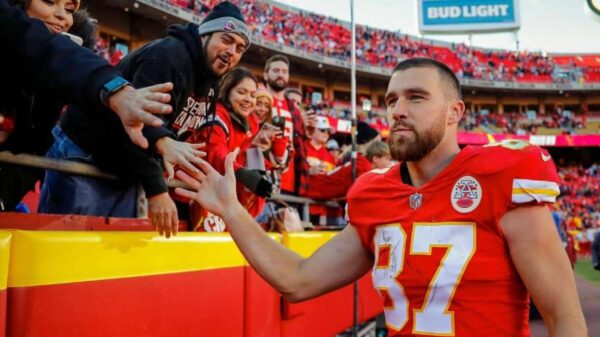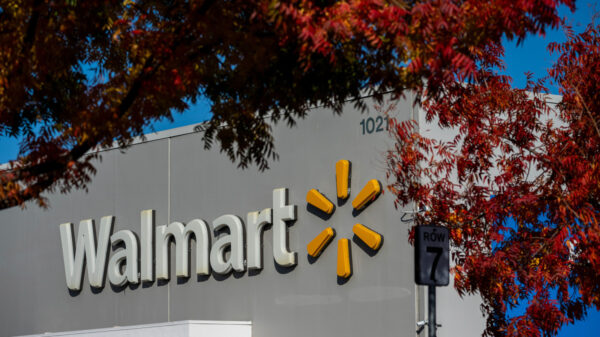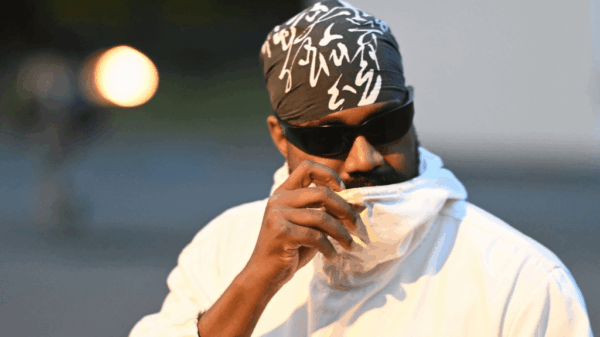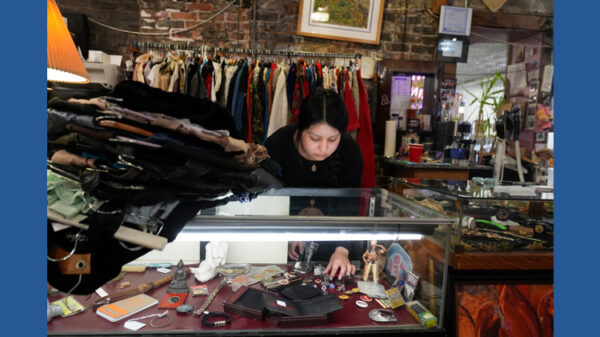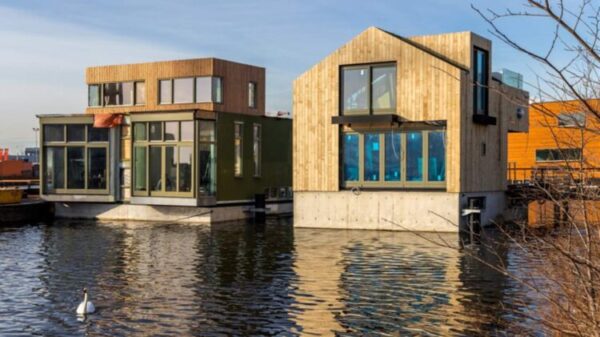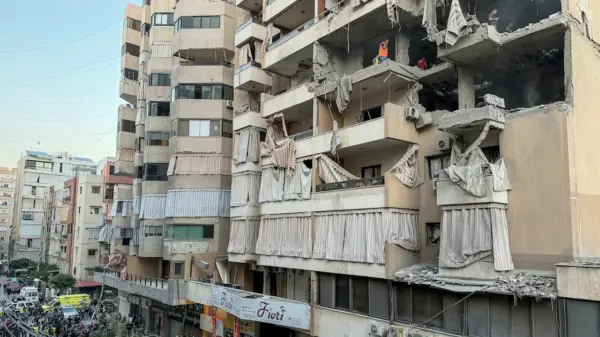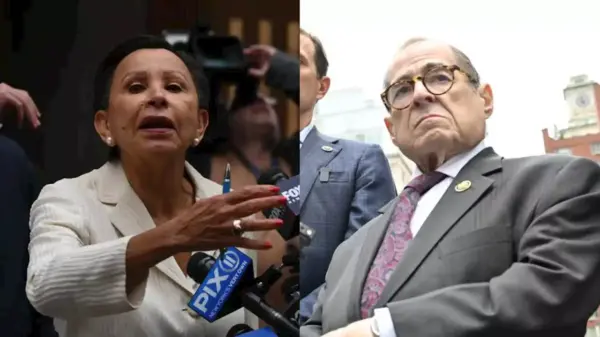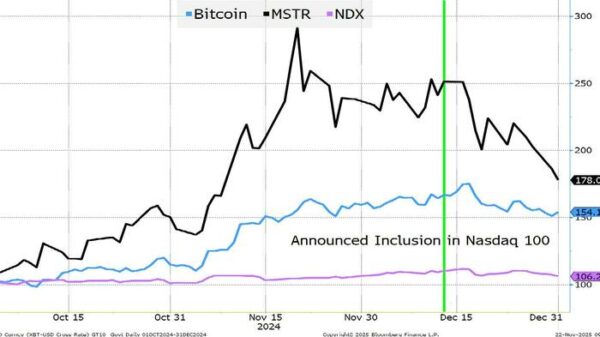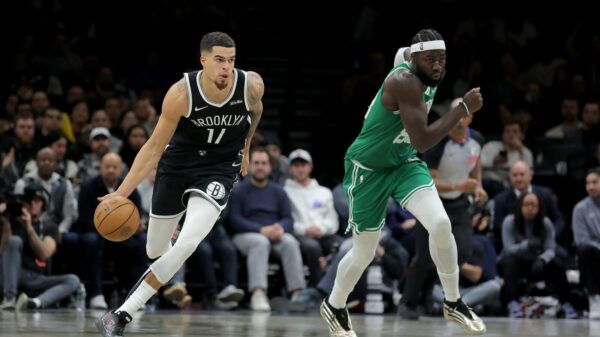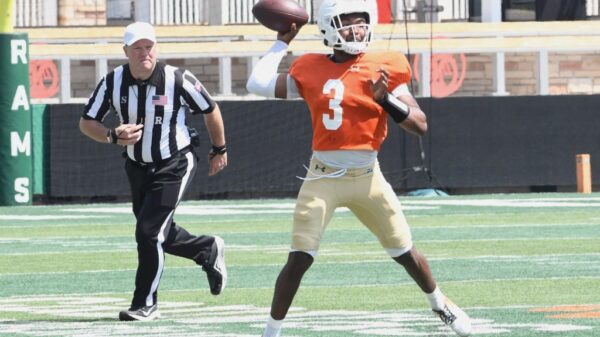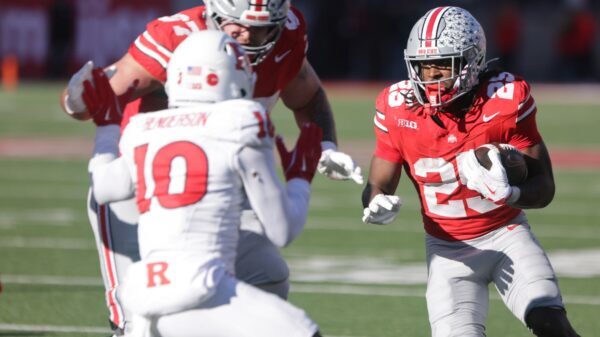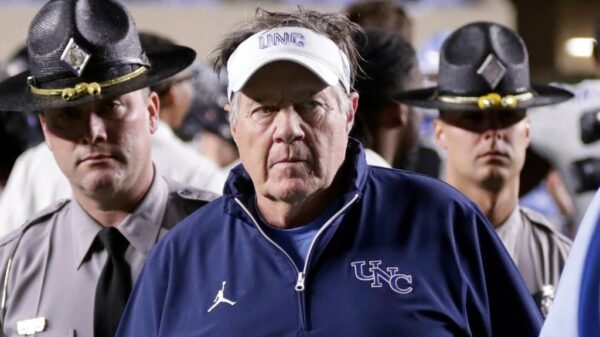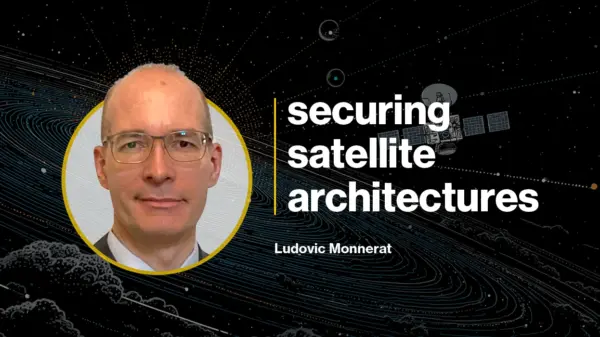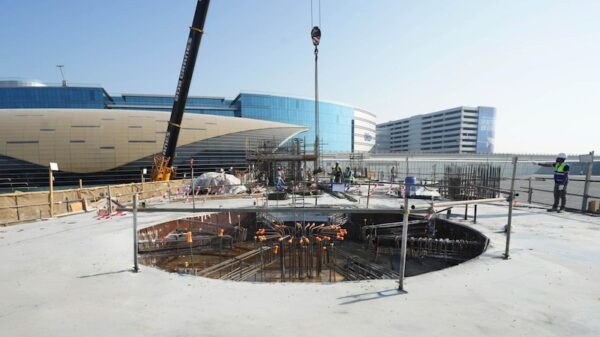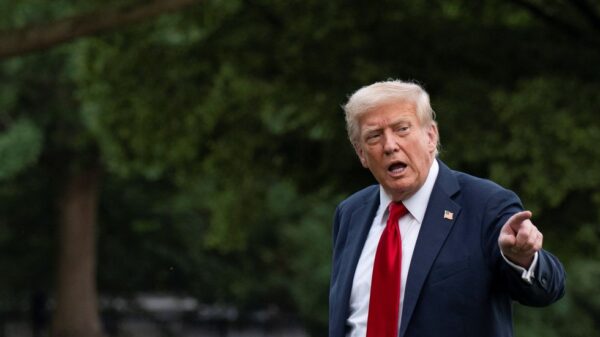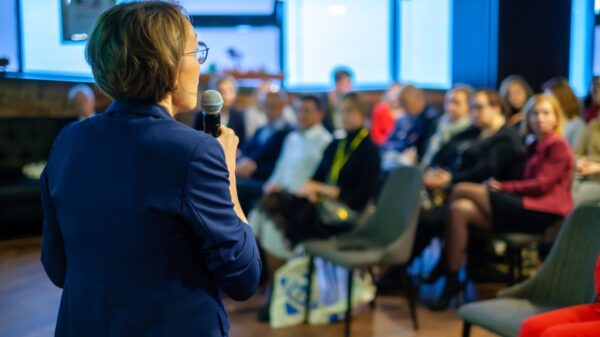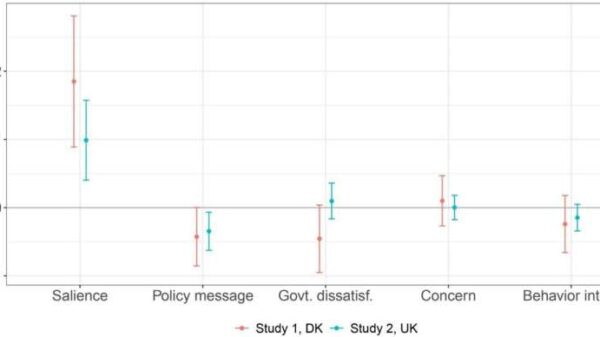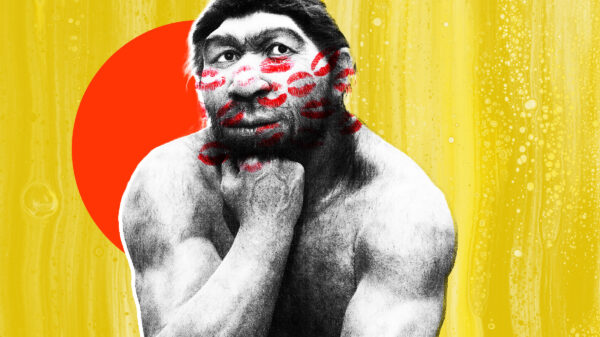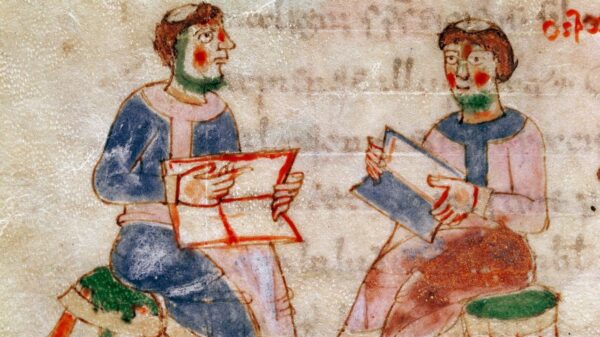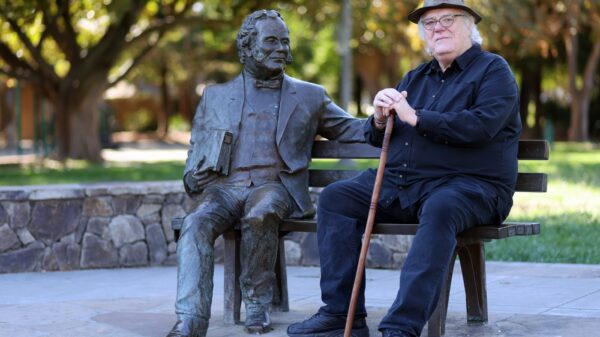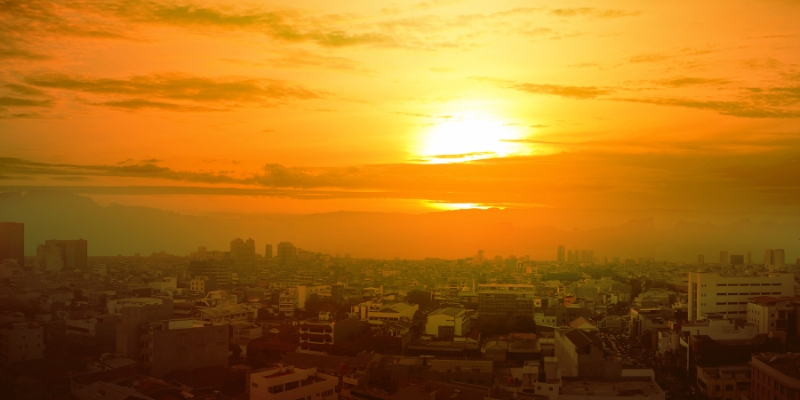Debbie, a sixty-six-year-old retired schoolteacher, has faced significant challenges since becoming homeless in 2017. After losing her childhood home in Compton, she sought refuge in women’s shelters across cities like San Francisco and South Los Angeles. The onset of the Covid-19 pandemic in 2020 worsened her situation, as she contracted the virus and was expelled from shelters. With depleted savings and no family to turn to, Debbie found herself sleeping in her aging Mercedes-Benz, dreading the very sunny days she once enjoyed.
As a lifelong asthmatic, Debbie’s health deteriorated in the sweltering heat of South Los Angeles. With limited access to air-conditioning, her daily search for shade became increasingly difficult. Once, she found some respite under a grand ficus tree at the Watts Civic Center, but urban development led to its removal, forcing her to seek shelter elsewhere. As she navigated the harsh realities of life on the streets, Debbie turned to community organizing with TreePeople, an environmental group dedicated to planting trees in the very neighborhood where she had deep roots.
The Shade Divide in Los Angeles
Los Angeles is often celebrated for its warm weather, yet stark contrasts exist within its neighborhoods. Wealthy enclaves are adorned with abundant trees that provide ample shade, while poorer areas suffer from bare expanses of concrete. This imbalance is not merely a coincidence; it stems from challenges in growing trees in a city designed for cars and the political complexities involved in maintaining green spaces.
The city’s historical and cultural disdain for shade dates back decades. In a city built around the car-centric lifestyle, trees have been seen as obstacles rather than assets. Over the years, law enforcement has discouraged the planting of trees in public spaces, viewing their shade as a magnet for gatherings that might interfere with surveillance. The removal of trees has accelerated amid the ongoing homeless crisis, leaving individuals like Debbie vulnerable to the unrelenting heat.
In many ways, the obsession with sunshine in Los Angeles has shaped its identity. From the 19th century onwards, newcomers flocked to the city, drawn by the belief that sunlight could cure ailments. Yet, as affordable air-conditioning became widespread, the need for shade diminished, leading to the construction of homes and neighborhoods designed to maximize sun exposure.
Historical Context and Urban Development
The evolution of Los Angeles has been marked by decisions that have marginalized shade. In the 1930s, zoning laws favored single-family homes with open spaces, leading to the removal of many urban trees. The city’s landscape transformed into one dominated by driveways and parking lots. As urban development continued, the lush gardens and orchards that once thrived in the area were replaced by concrete structures.
Debbie’s experience highlights this ongoing crisis. The lack of shade affects not only comfort but also health. With rising temperatures, the challenges of the homeless population become more pronounced, as they struggle to find safe, cool places to rest. Urban parks, which could serve as critical refuges, often lack the adequate tree cover needed for relief.
Plans for revitalizing spaces like Pershing Square have been initiated, with a focus on creating structures intended to provide shade. However, these designs often prioritize aesthetics and revenue generation over genuine public comfort. The absence of seating in these areas reflects a broader societal reluctance to create spaces where people, especially the homeless, might gather.
As Los Angeles grapples with its shade crisis, the experiences of individuals like Debbie serve as a poignant reminder of the human impact of urban planning decisions. The pursuit of a warm-weather paradise has come at the expense of those most vulnerable, underscoring the urgent need for a reevaluation of how public spaces are designed and maintained.
Debbie’s journey through the streets of Los Angeles illustrates not just the struggle for survival, but the broader implications of urban design on public health and community well-being. As the city continues to evolve, it must confront the critical need for shade, not just for the privileged, but for all its residents.


